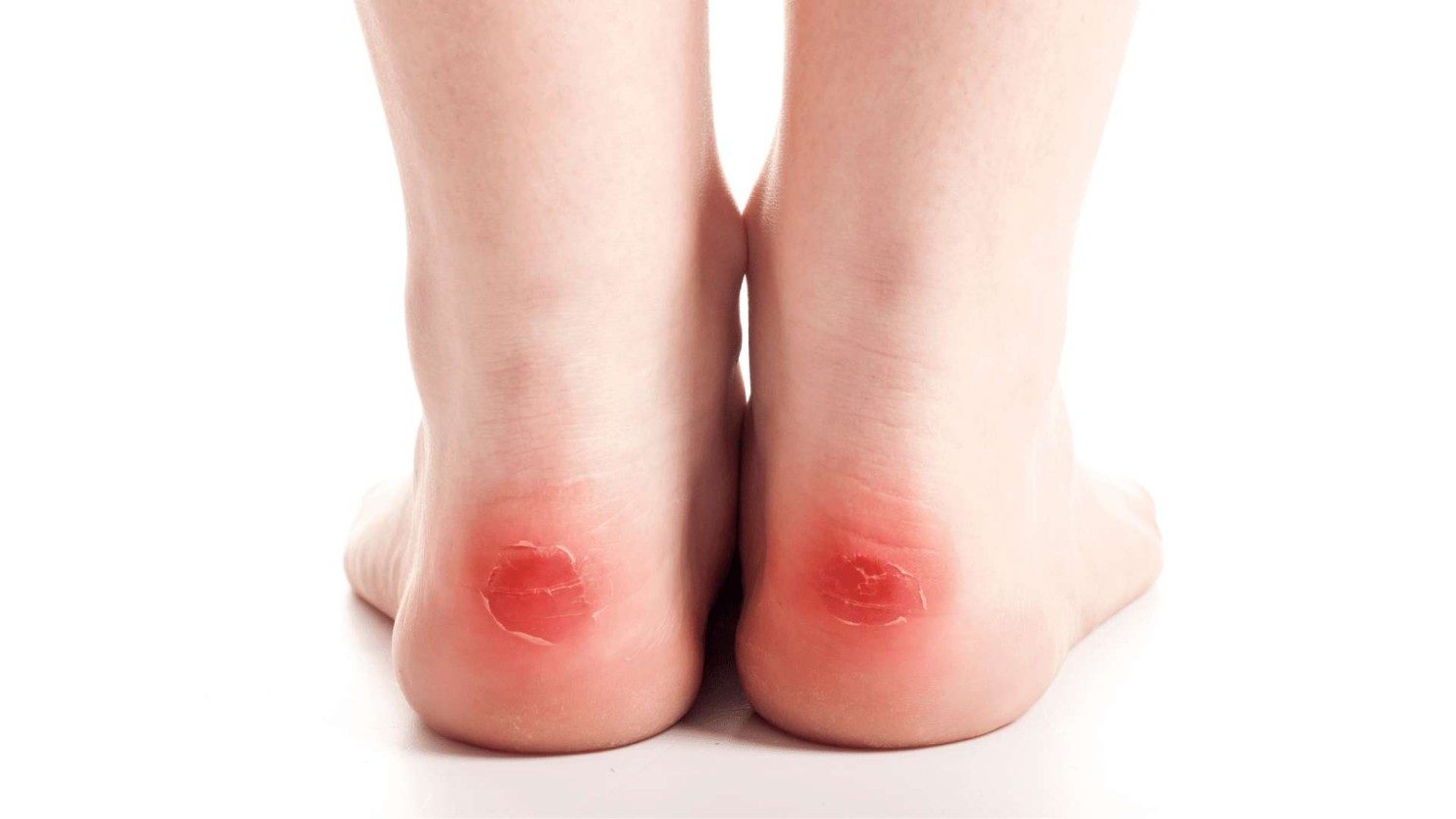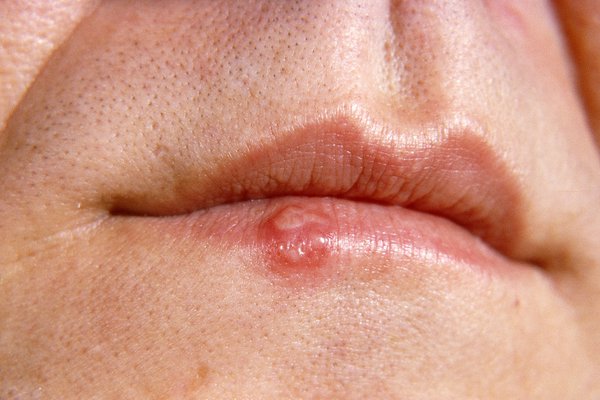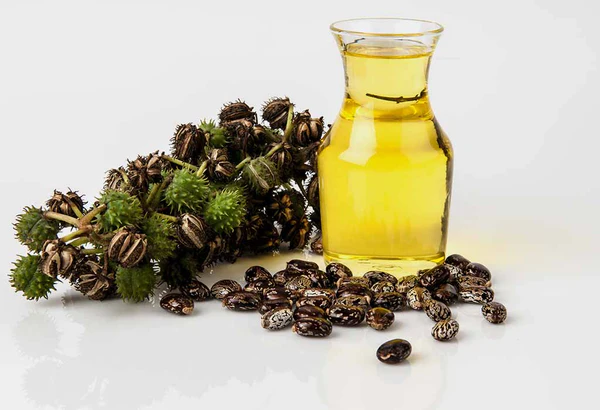Blisters, Blood blisters, Bruise, Skin infection.
Root Cause of Disease
A blood blister is a blister that fills with blood instead of clear liquid. Blisters are small pockets of fluid under a layer of skin. A blister forms under the epidermis layer. It is filled with clear liquid or blood, depending on the injury that damaged your skin. Blood blisters occur when you’ve also damaged the blood vessels in your skin. You can get a blood blister when something pinches your skin but doesn’t break it open. Instead of clear liquid, blood floods the area from broken blood vessels and damage to the lower layers of your skin. The blood pools and forms a blister. You may get a blood blister after closing a drawer on your finger or stubbing your toe on the ground. Sweaty feet can cause friction against your feet and toes. Severe frostbite can also cause blood blisters. Certain medications such as blood thinners may cause blood blisters as well.
Symptoms
Blood blisters appear as raised, fluid-filled sacs on the skin and look very similar to friction blisters. Unlike friction blisters that contain a clear liquid, blood blisters contain a red fluid. The liquid begins as a light red color that becomes darker over time. Blood blisters will cause minor irritation at the site of the blister. A person may feel pain from the action that caused the blister to form in the first place.
Areas to likely to be affected
Blood blisters can form on the skin in different locations. Some of the most common places where blood blisters develop include:
- hands
- fingers
- feet
- mouth
- near joints
Home remedies to treat Blood blisters
Remedy – 1:Epsom salt
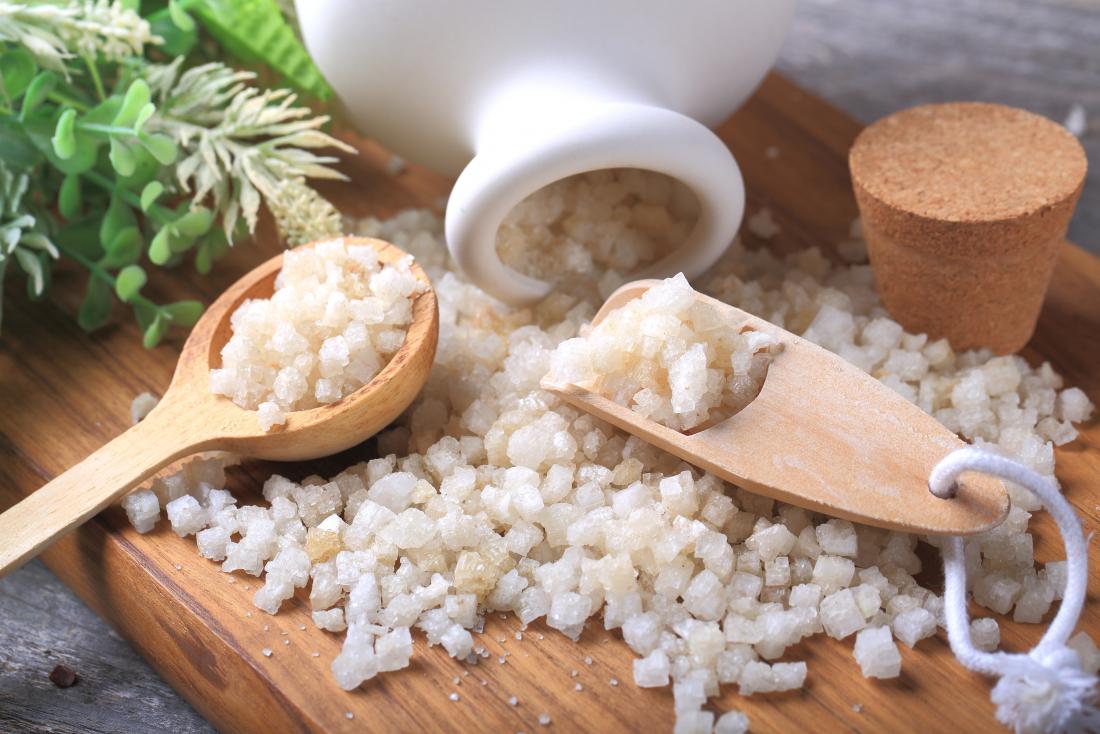
Epsom salt is essentially magnesium sulfate along with a couple of minerals. Epsom salt detoxifies the skin, reduces the swelling, and also alleviates pain.
Procedure:
- Add 1 teaspoon Epsom salt to 1 cup warm water.
- Dissolve the salt in warm water.
- Rinse the blister and the surrounding skin with this water.
Product link: Epsom salt
Remedy – 2: Lavender oil
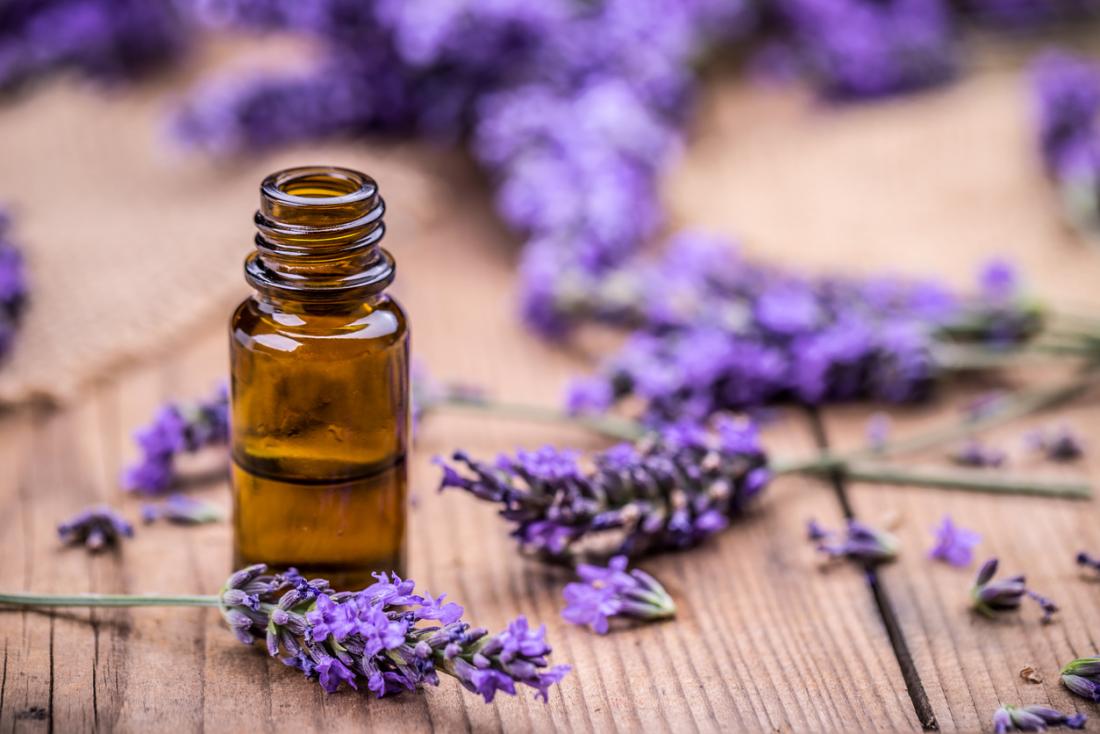
Lavender oil sedates the pain associated with the blister. It is also known to speed up the healing process of such skin ailments.
Just mix a few drops of lavender oil with a carrier oil such as almond oil or coconut oil and apply it gently on the affected area. Place a gauze on it and remove it after at least an hour or so. Do this twice a day for a week and you will see better results. Lavender essential oil eases the pain that comes along with the blister.
Product link: Lavender oil
Remedy – 3: Castor oil
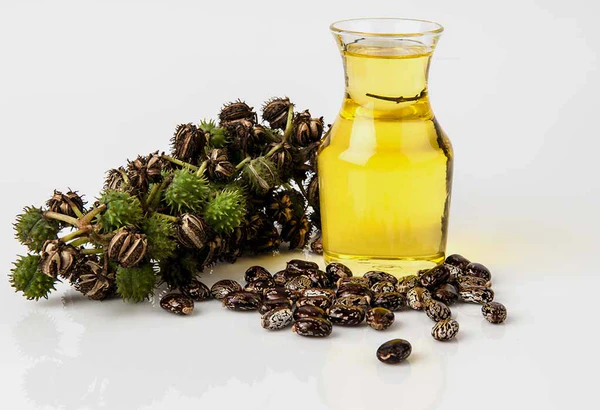
Castor oil is one of the most popular home remedies which are used for treating blisters. Before you go to the bed you should apply this oil on the blistered area. You should let this remedy to stay all night on your blisters because this remedy will dry them and also it will heal them.
If you want to further aid healing, then you can apply a mix from apple cider vinegar and castor oil. Also this remedy is one of the best home remedies for foot blisters. When you are using this remedy, then you the affected area is moisturized. If you having itchiness in your situation, then this remedy will help you to reduce the itchiness. Also the castor oil is very effective natural remedy which is helping for the healing process.
Product link: Castor oil
Remedy -4: Petroleum jelly
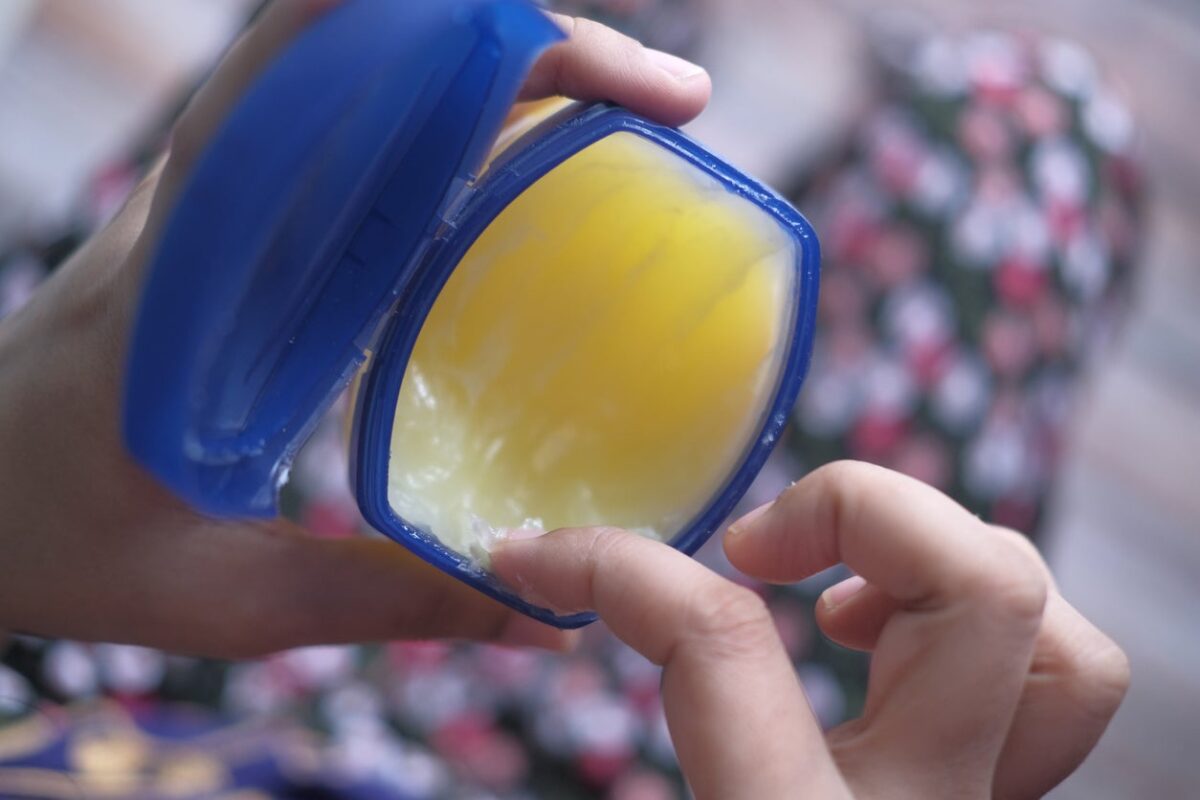
Petroleum jelly is commonly recommended by dermatologists for many uses, including healing skin. You can apply petroleum jelly over a broken blister to cover the area with a protective layer and lock in moisture. Use a bandage for added coverage and to prevent the petroleum jelly from being wiped away.
Product link: Petroleum jelly
When should I see my healthcare provider?
See your healthcare provider if your blood blister doesn’t improve within a week. You should also reach out to your healthcare provider if your blood blister appears infected. If your blood blister is infected, your skin will look red and swollen. The blister will fill with white, yellow or green pus rather than blood. Without treatment, an infected blood blister could lead to a skin or blood infection.
Also, reach out to your healthcare provider if you’ve developed:
- A blood blister that’s very painful or keeps returning.
- Several blood blisters for no apparent reason.
- A blood blister in your eye, mouth, genitals or another unusual place.
Preventions
Blood blisters are usually the result of something pinching part of your skin. They often occur on your hands and feet. Steps to prevent blood blisters include:
- Staying alert when using tools or other objects that can pinch your skin.
- Wearing gloves when working with tools such as pruners or pliers that could pinch your skin.
- Protecting your feet and toes with socks and appropriate shoes.
- Using drying powder in your shoes to soak up moisture.
- Adding padding to your shoes if you’re feeling pressure.


